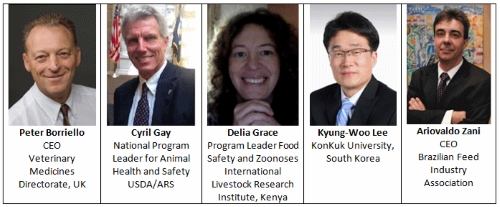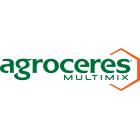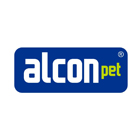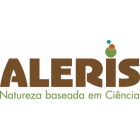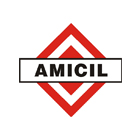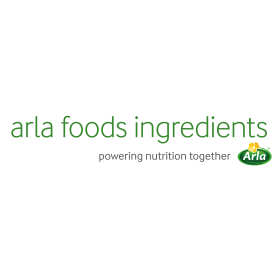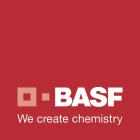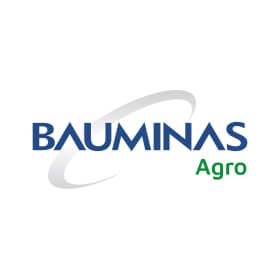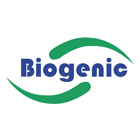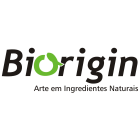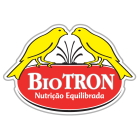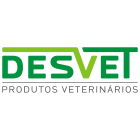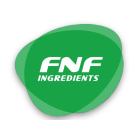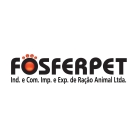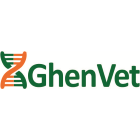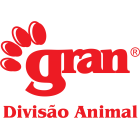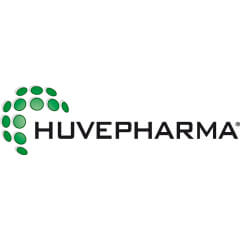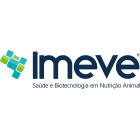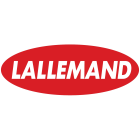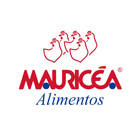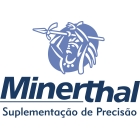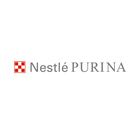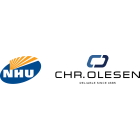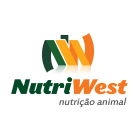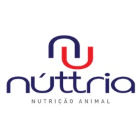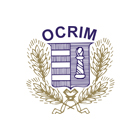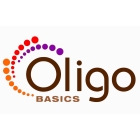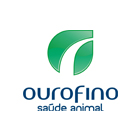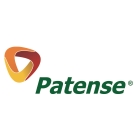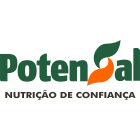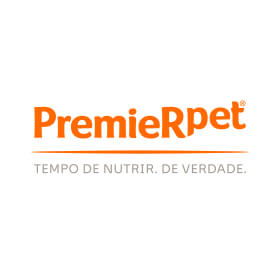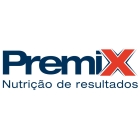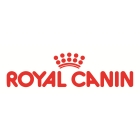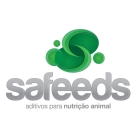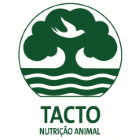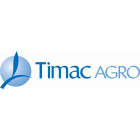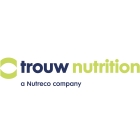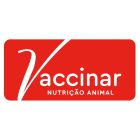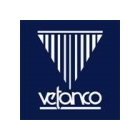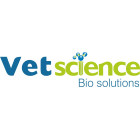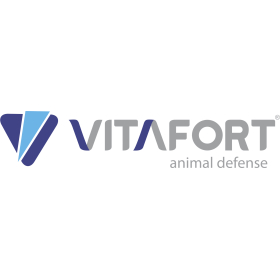11 December 2014 – After looking at antibiotic usage in animal diets worldwide, and the communication efforts in place or to be made to promote the responsible use of antibiotics, today in Part Three the speakers discuss alternatives to antibiotics.
Again representing Europe: Peter Borriello (Chief Executive Officer, Veterinary Medicines Directorate, UK);
Representing North America: Cyril Gay (National Program Leader for Animal Health and Safety, USDA/ARS);
Representing Africa: Delia Grace (Program Leader Food Safety and Zoonoses, International Livestock Research Institute, Kenya);
Representing Asia: Kyung-Woo Lee (Assistant Professor, Department of Animal Science and Technology, KonKuk University, South Korea);
Representing South America: Ariovaldo Zani (Chief Executive Officer, Brazilian Feed Industry Association).
[Feedinfo News Service] What do you believe are the leading potential non-antibiotic methods to modulate the microbiota? This question was answered at the September 2012 international symposium: “Alternatives to Antibiotics: Challenges and Solutions in Animal Production”. But do you think the answer in 2012 is still applicable in 2014? What non-antibiotic methods have grown in the past two years?
[Peter Borriello] The answers given in 2012 are still appropriate, primarily because there still remains a need for evidence to determine the methods which would be optimal. There is now improved research on the economics of antibiotic growth promoters which will help to inform trials of alternative methods for growth promotion. Alternative methods to reduce the presence of food-borne bacterial pathogens in livestock will increasingly have to factor into the benefits case the reduced risk of antibiotic resistance selection. For growth promotion the alternatives with most potential appear to be pro-and pre-biotics. The alternatives with most potential to reduce the presence of bacterial food-borne pathogens relate to dietary manipulation that impact on physico-chemical parameters of the gut contents (eg. pH).
[Cyril Gay] I think it is important to understand that we are only now starting to characterize the microbiota and the thousands of commensal bacteria through metagenomics analysis. Further, our understanding of the mechanisms by which the gut microbiota modulate the development of the immune system and the association between shifts in bacterial population and gut dysbiosis are rudimentary at best. One of the important questions being asked by scientists right now is whether shifts in populations of gut bacteria which result from certain dietary alternative to antibiotic treatments (probiotics, phytonutrients) are associated with beneficial outcomes or the result of interactions with the cells of the gut wall. What is becoming more and more apparent is that there is a need to integrate nutrition, health, and disease research.
[Kyung-Woo Lee] The answer to this question is not simple, mainly because we really do not know that much about the microbiota. What exactly is it? We only know that many dietary and/or environmental factors can modulate gut microbiota. During a recent conference in Korea, I talked about the ways in which different types of litters, anticoccidial programs or probiotics can significantly modulate the gut microbiota. But we failed to correlate them with growth performance or even gut immunity. I think that many scientific communities should work together to reveal their role in biological systems and their interaction with the host.
Many recent scientific papers study the role of fermented additives such as fermented garlics or fermented chlorella. There are many locally available substances around the world that have to be tested. For example, mellitin (or honey bee venom) is locally used to treat bacterial diseases. Since no single product or substance can replace antibiotics, we need to broaden the range of potential alternatives as much as possible so that we can best formulate the optimal combination from the alternative inventory.
[Ariovaldo Zani] Assuming that the intestinal microbiota depresses growth, the engine responsible for performance enhancing is essentially based on antibiotic property. Therefore, any “non-antibiotic” alternative must meet conditions to improve efficiency and increase the absorption of nutrients through the prevention and control of endemic subclinical infections, reduce the metabolic cost with the immune system and mitigate the use of microbiota for nutrients and metabolites growth depressants.
[Feedinfo News Service] Have we developed more of an understanding of the mode of action of immunomodulators (innate molecules, probiotics, phytonutrients, etc…)?
[Peter Borriello] It is not apparent that our understanding has been significantly enhanced. Progress has been partly hampered by confirmation of the modulations claimed and clarity of the circumstances under which they are seen and their reproducibility. This firm foundation is essential to enable directed and efficient studies on underlying mechanisms.
[Cyril Gay] This is definitely a work in progress as significant gaps exist in the available scientific information and tools needed to advance the development of alternatives to antibiotics that work by modulating the innate, and indirectly adaptive immune responses. The latter is important as vaccines are the quintessential alternatives to antibiotics as prevention is more cost-effective than treating diseases. However, innate immunity has undergone a revival in the last decade as advances in genomics and immunology are increasing our understanding of host-pathogen interactions. Research on the mode of action of certain phytochemicals suggests that some may bind to host pathogen recognition receptors that are known to induce innate immunity. This is a very exciting and promising area of research as modulating innate immunity without increasing inflammatory pathways has the potential to significantly increase disease resistance and thereby improve the health and well-being of animals throughout their production cycle.
[Kyung-Woo Lee] Yes, I would say that our understanding of the mode of action of various alternatives has been improved. I have reported that probiotics can modulate innate and acquired immunity of broiler chickens and confirmed that it can protect broiler chickens infected with Eimeria spp. I have also reported that various probiotic strains have different effect on host immunity. At this stage, we have to determine in which cases antibiotic alternatives can play an “immunomodulatory” role. Is it when they can increase the expression levels of cytokines or humeral responses? We understand the broad definition of immunomodulation. But it is time to describe it in greater detail.
[Ariovaldo Zani] Plant extracts and essential oils, organic acids, exogenous enzymes, minerals (zinc and copper), nucleotides, prebiotics, probiotics and symbiotic, beta-glucans, have all revealed themselves as possible alternatives to conventional antibiotics, although some inconsistent results still exist. But there is still hope in the future.
[Feedinfo News Service] Today, do you think alternatives to antibiotics can replace antibiotics as growth promoters, or aren’t we quite there yet? Do we expect that alternatives to antibiotics will ever have the same impact in animal and human health that antibiotics did?
[Ariovaldo Zani] No, I do not believe that antibiotic alternatives can replace antibiotics just yet. I hope that current productivity levels can be preserved, thus avoiding the need to further expand the areas required by the agribusiness sector to cater to global demand.
[Peter Borriello] We are not in the position yet of wholesale adoption of alternatives to antibiotics for growth promotion for a number of reasons. The primary reason is that in many parts of the world where this practice is allowed there is a view that there is little evidence of contribution to the problem of antibiotic resistance. As such, there is no agreement that there is a significant problem to be solved and as a consequence no demand for commercial alternatives. It is also likely to be the case that alternatives will not only have to match antibiotics for growth promotion, but also prevent emergence of bacterial infections of animals.
[Cyril Gay] There needs to be more research emphasis and funding to conduct private and public cooperation on finding sustainable alternatives to antibiotics and associated mode of action as the governmental and voluntary restrictions of antibiotic uses in animal agriculture increase. I don’t think we will find a silver bullet that can replace antibiotics as growth promoters, but rather develop a number of alternatives to antibiotics with defined modes of action that can be used individually or in combination to raise the level of disease resistance and increase the health and lifetime productivity of animals in specific production system; e.g., beef versus dairy, egg laying hens versus broilers, intensive versus extensive, etc.
[Delia Grace] We may be getting there in some countries, but in the poorest countries, we are not there yet. Moreover, we need better risk assessment of the costs and benefits of alternatives to antibiotics. If these are unworkable (and my own research has shown they sometimes are) then we have to weigh the cost of animals being sick and dying, poor farmers losing food and money, and perhaps becoming sick from zoonoses in their animals. AMR is a global problem, and the solution needs to take a whole world solution and not choose pathways that might be beneficial to the future of the rich but are highly prejudicial to the present of the poor. We have a solution that has worked well for human drug use: the “Rational Drug Use” approach. At ILRI we had good success by adapting this approach for use of drugs in the livestock sector.
[Kyung-Woo Lee] I am convinced that antibiotics can be replaced. But I also believe that no single additive can do that, and that we need to focus on the synergistic effect of various alternatives. I believe that a proper combination of currently available additives can increase growth and/or enhance the health status of animals. As I said before, an enhanced environment, and better sanitary measures also play a major role. I also believe that alternatives will one day replace antibiotics to treat diseases. That’s why we need to develop proper laboratory protocols to test the antibiotic alternatives’ efficacy. Do we have enough disease models to test alternatives? They are not just feed additives, but should be regarded as biological, natural equivalents to antibiotics. There are many natural substances with biological functions in nature which have not been explored yet.

